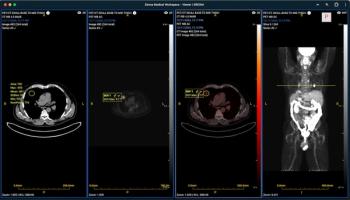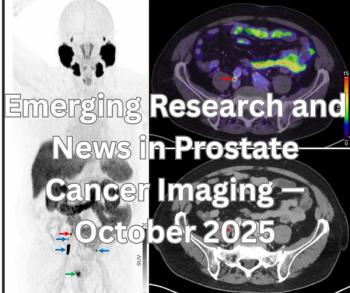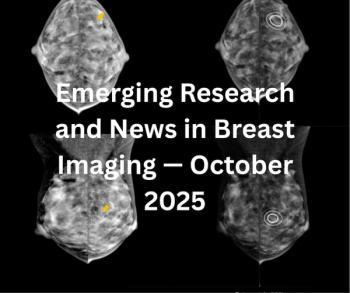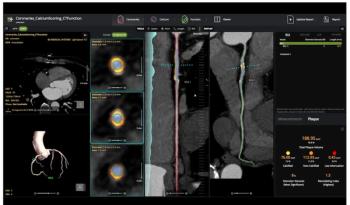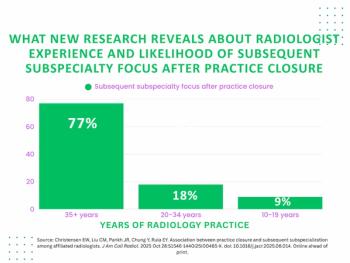
Danish study focuses on work-related knee disorders
Spare a thought for floor layers: They spend half of a typical working day on their knees and often suffer from musculoskeletal complaints, particularly anterior knee pain.
Spare a thought for floor layers: They spend half of a typical working day on their knees and often suffer from musculoskeletal complaints, particularly anterior knee pain.
To address this problem, Danish researchers are using MRI to study the nature of knee disorders among floor layers-with prevention in mind-and to analyze the causes of premature exclusion from an occupation with demanding tasks.
During 2005 and 2006, a random sample of 93 floor layers (48 in Aarhus) and 49 graphic designers, who were used as controls, were given knee MRIs to estimate the prevalence of joint pathology, especially the locations of cartilage lesions. In addition, clinical knee and ultrasound examinations and an x-ray of the hips and knees were carried out on 47 floor layers in Aarhus and 88 floor layers and 111 graphic designers in Herlev. The aim was to estimate and grade signs of osteoarthritis and changes in periarticular soft tissue.
The results are now being compiled and assessed by Ph.D. candidate Dr. Soeren Rytter of the department of occupational medicine and orthopedic surgery at Viborg Hospital. These knee complaints have major implications for sickness absence and work retention in the construction industry. Rytter believes clarifying which acute and chronic disorders are prone to develop in workers may help forestall problems for both workers and industry.
"In the perspective of disease prevention and health protection, it is crucial to limit the daily amount of knee-straining work activities, thereby preventing wearing down and permanent exclusion from the trade or even the labor market," he said.
The Danish team's ultimate objective is to clarify the link between working in kneeling and squatting positions and the development of physical disabilities in the knees. Diagnostic Imaging Europe hopes to have a follow-up report on this research in 2008.
Newsletter
Stay at the forefront of radiology with the Diagnostic Imaging newsletter, delivering the latest news, clinical insights, and imaging advancements for today’s radiologists.

